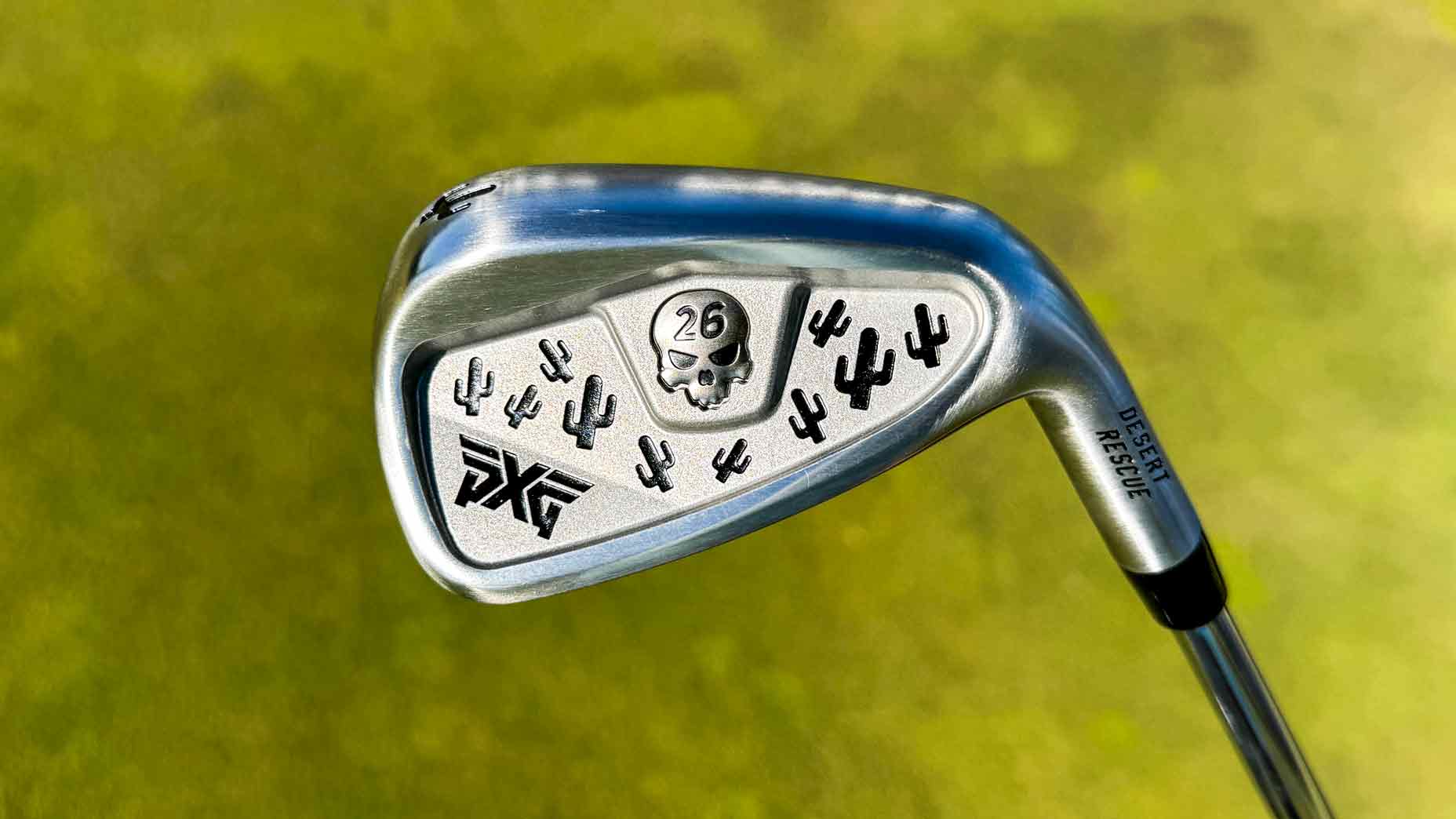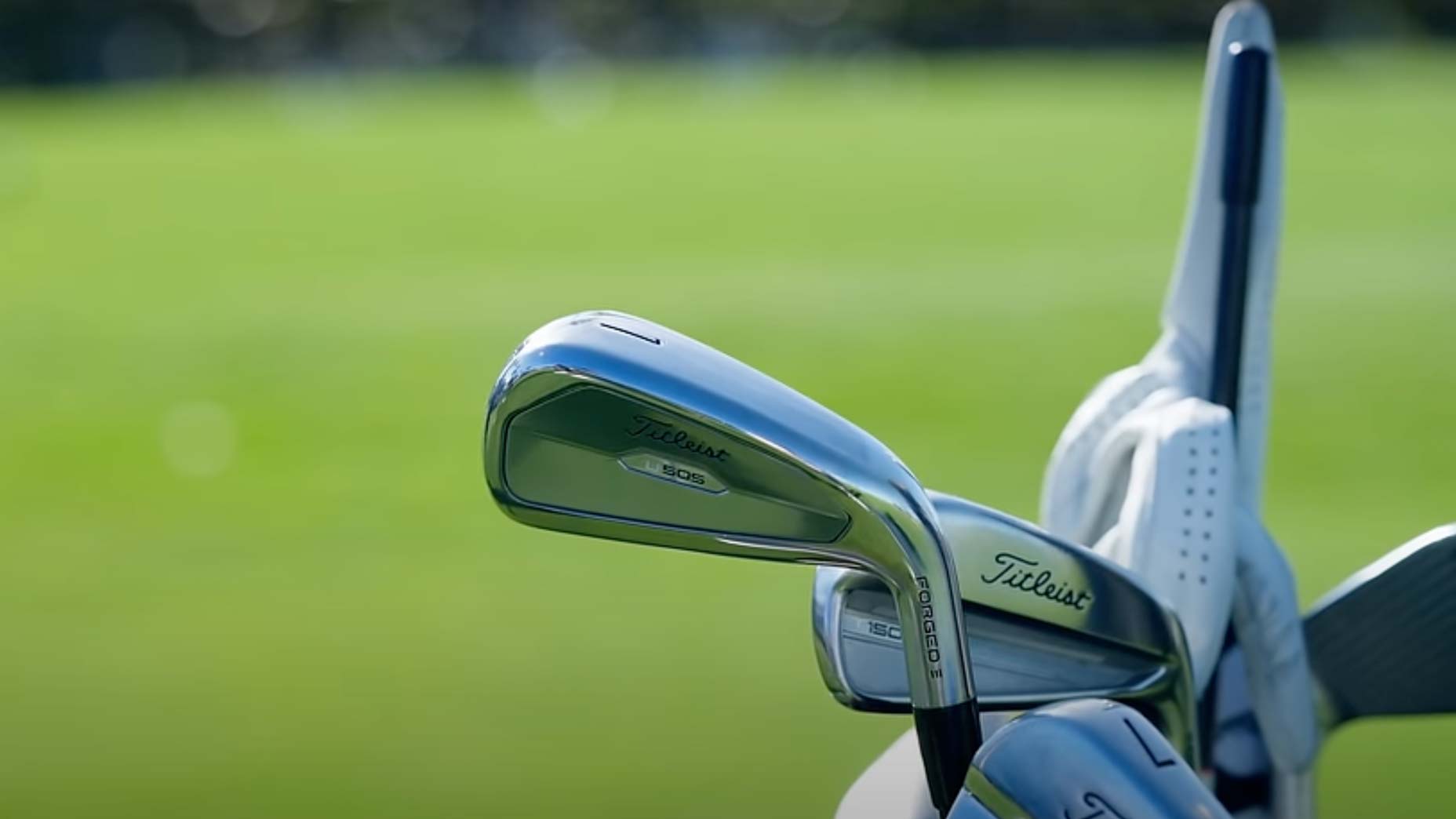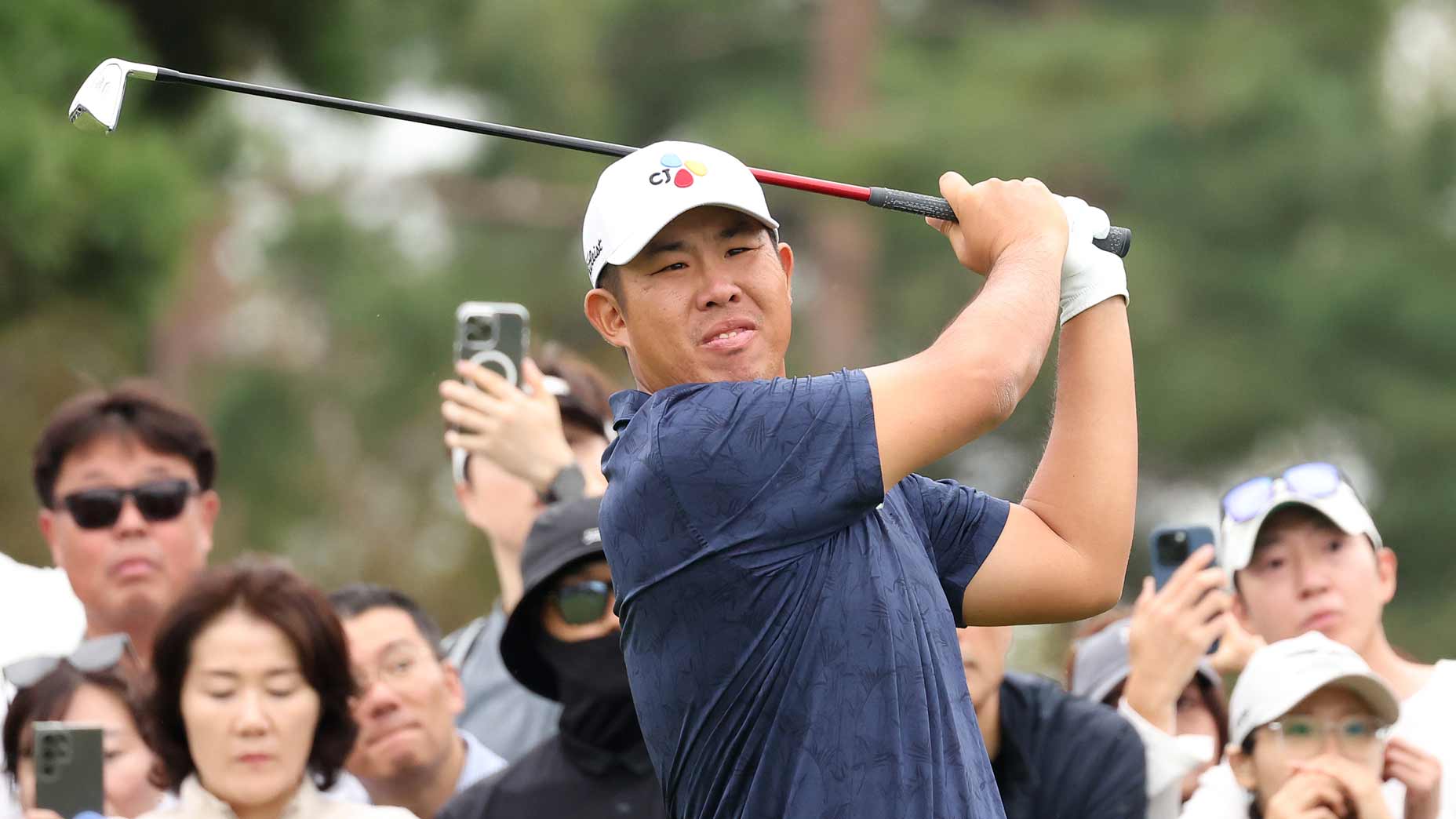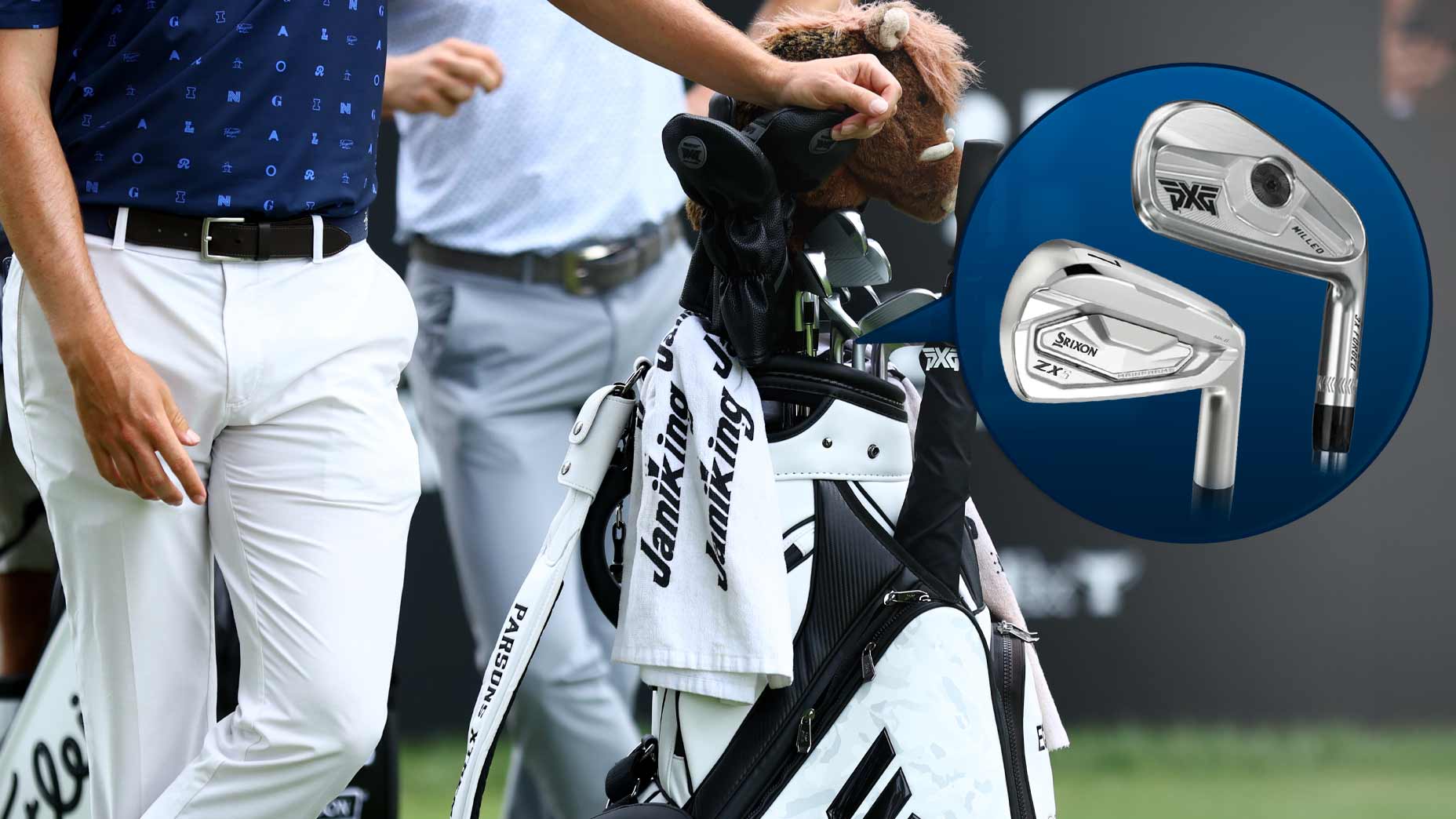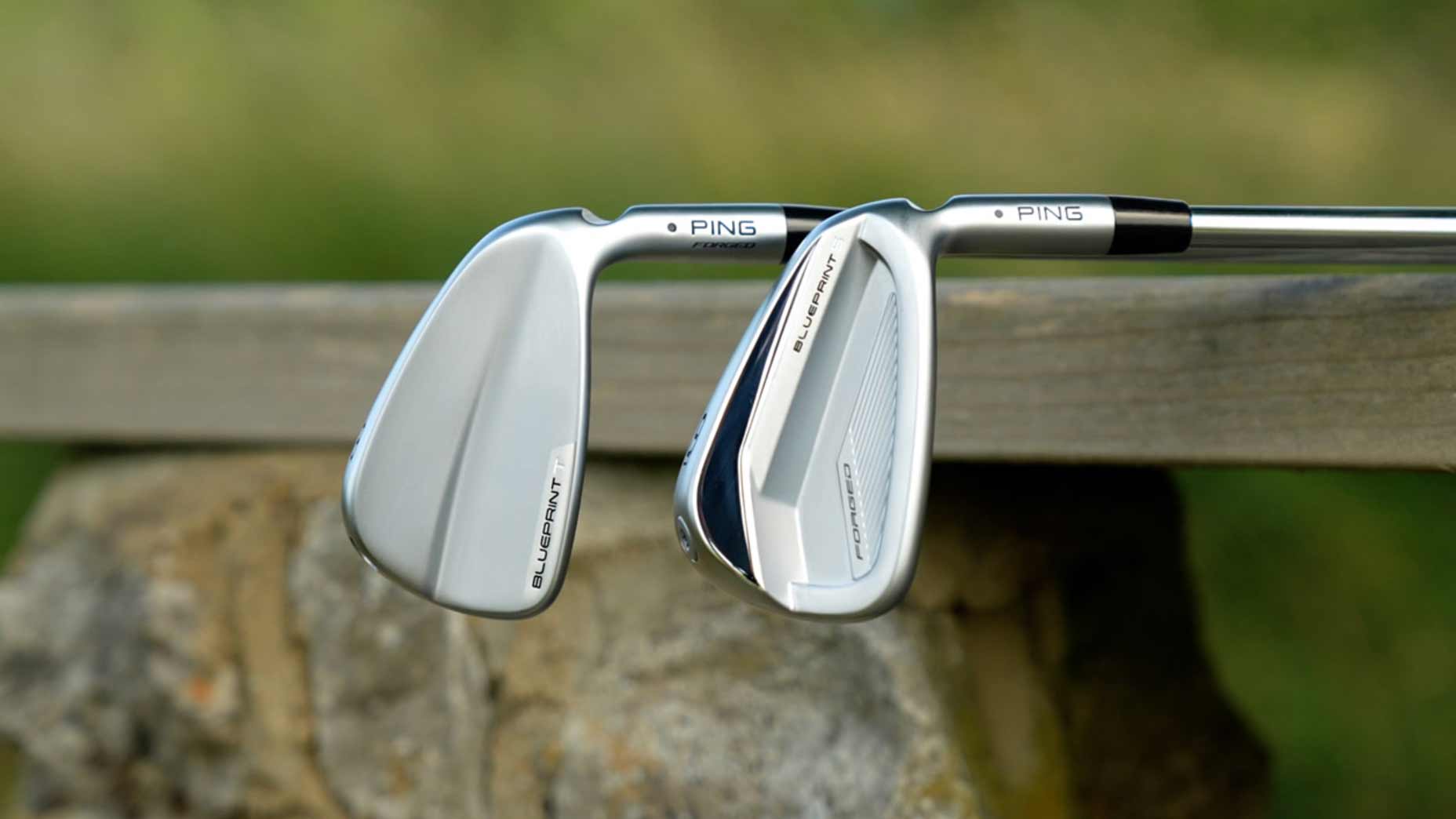 How Ping improved the Blueprint irons into Blueprint S and T | Fully Equipped
How Ping improved the Blueprint irons into Blueprint S and T | Fully Equipped
What the recreational golfer can learn from Viktor Hovland’s Ping iron setup
The general assumption is every player with a PGA Tour card employs either a set of muscle-back blades or a cavity-back model with a paper-thin topline and minimal offset. The assumption holds true for a large swath of the Tour’s ball-striking elite. But there are exceptions to every rule.
Take a look inside Viktor Hovland’s bag and you’ll find a complete set of Ping i210’s. It’s not exactly the kind of iron you’d expect to find in the bag of a rising star. With a thicker topline and wider sole than Ping’s better-player offerings (iBlade and Blueprint), i210 is geared for a wide range of players — from scratch to the mid-handicapper.
“[The i210] is a product that seems to touch all the bases,” said True Spec Golf’s Tim Briand in the latest Fully Equipped podcast. “It’s such a versatile product. It offers the perimeter weighting. It offers great performance characteristics. The spin tendencies tend to be a little bit lower than other products out there, which is a good thing for some players. It’s a product we fit a lot of different abilities and skill sets into.”
Hovland’s setup also highlights the importance of trying other iron offerings before defaulting to what’s currently found on the professional circuit. In Hovland’s case, he found the i210 to be a good fit in the mid to short irons because of the lower, more controlled flight they produced. He recently added the 4- through 6-iron at the Wyndham Championship, likely due to the wide sole that kept the head from digging into the turf.
All of the same attributes that drew Hovland to i210 in the first place are things that could benefit the recreational player as well.
According to Briand, it’s more than just the forgiving shape and sole that makes irons like the i210, Titleist’s T100 and Callaway Apex, among others, viable options for so many golfers. With extra mass packed into the heel and toe of each head, the perimeter weighting gives the club game-improvement forgiveness in a more playable package.
“I think you’re going to see more of these products in the bags of Tour players,” Briand continued. “I think they grow up without as strong of an equipment bias toward those muscle-back forged clubs. Obviously, as they start to improve their skill set and get better, they start to use those muscle-back forged products. But you look at Jordan Spieth using perimeter-weighted irons.
“The fact of the matter is, if that product is going to give them one shot per tournament that would’ve gone in the water but is now in a playable position, there’s just too much money at stake on those mis-hit shots to give up performance benefits. We’ve seen a lot of LPGA players using the standard [Callaway] Apex with a lot of success, and that’s hardly an iron you’d profile for a Tour player.”
As technology continues to alter the iron landscape, there’s never been a better time to consider the idea of testing a slightly larger profile that’s jam-packed with ball speed and forgiveness. If it works for Hovland and Spieth, there’s a good chance it could work for you as well.
In addition to discussing Hovland’s irons in the latest episode of Fully Equipped, Tim and Jonathan spoke with Titleist’s director of metalwood development, Stephanie Luttrell, about how she got started in the industry, and the impetus behind the TS hybrid design. Subscribe to the GOLF.com Podcast on iTunes here.
True Spec and GOLF.com are operated by the same holding company, 8AM Golf.
To receive GOLF’s all-new newsletters, subscribe for free here.


